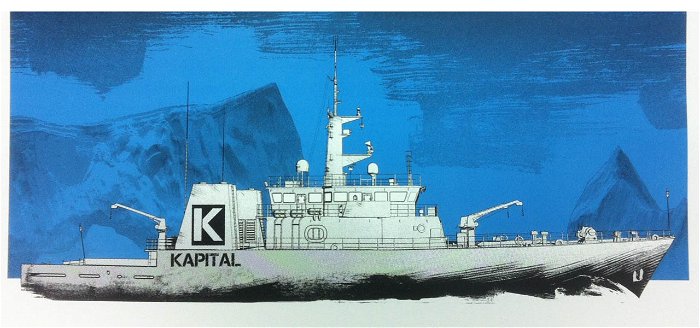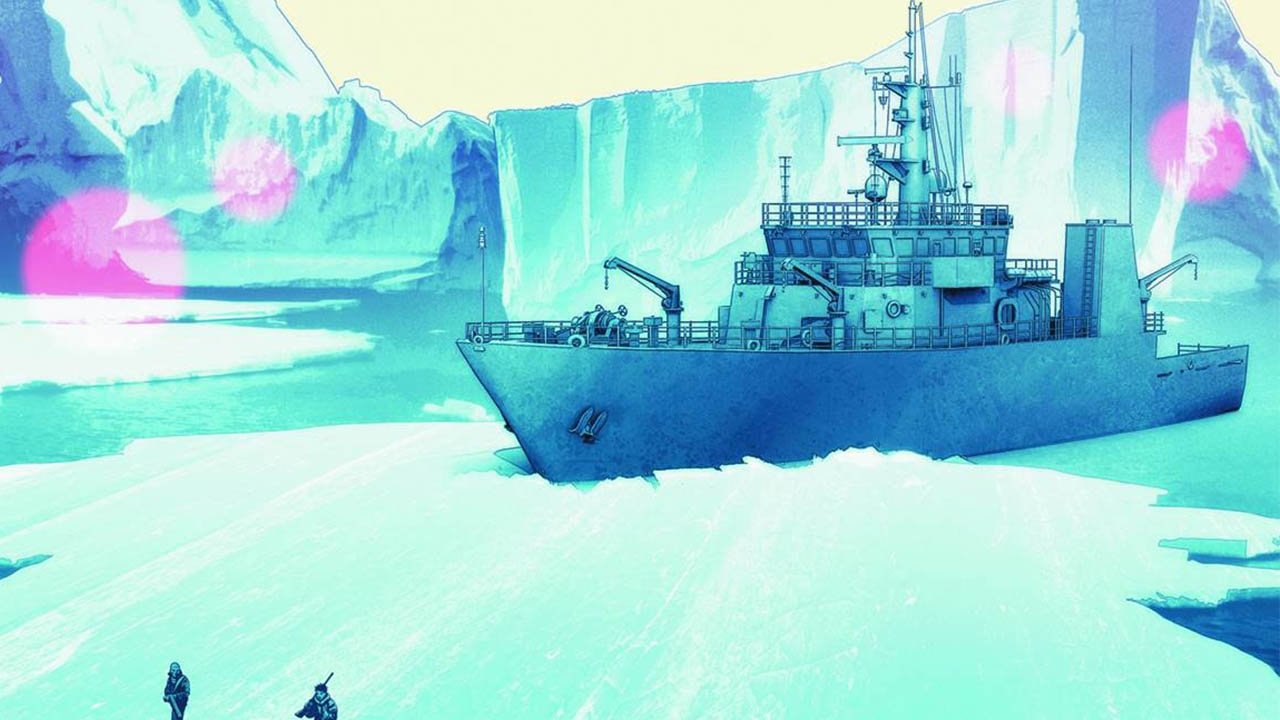To start this off, I’d like to say I’m a big fan of Brian Wood’s work.
As a journalist, DMZ was a great look into the possibilities of a profession-based character, and it taught me a lot about what the potential of comics were when it comes to evoking emotion.
As that series wrapped up last year, I looked to his new series, The Massive, that’s currently being published by Dark Horse; if you’re looking for something bereft of capes that still manages to have a fantastical setting, this could be for you.
 Emotional people in emotional times
Emotional people in emotional times
When trying to state what The Massive is about at its core, the answer’s a little hard to condense. On the surface, the world has gone through a profound environmental disaster of unprecedented scale, which has disrupted the economy and how humanity functions. Floods, droughts, massive sea life death – you name it, it’s probably happened.
The main characters, all environmentalists with the fictional Ninth Wave organization, are looking to find their way in this new world, protect it from being further ravaged by a new lawless society, and generally survive. While it seems simple, each issue focuses on different aspects of the human condition, and how people simply work when the world is turned on its head. The main reason why I like Brian Wood books is that they all seem to have a healthy amount of this exposition, and it helps to craft rich, vibrant settings.
Part of that setting includes two locations that we’ve seen so far; a coastal Asian city that’s pretty much the closest thing to civilization for our heroes, and a long-abandoned Arctic base that’s a secret source of fresh water. Both serve as reminders that even though an apocalypse-level event has happened, humans have a tendency to find their way through.
In similar books of its kind, authors will take bad things happening to the world as an excuse to bring out the absolute worst in people. Society breaks down and people simply forget how to live. In The Massive, there’s the reminder that no matter what’s thrown at people, they will find a way to gravitate towards their previous way of living – Wood also gives us great exposition to the details, which I can’t help but appreciate.
Background information is good
These tidbits come in the form of expository captions in the comic itself, or in pseudo-pamphlets at the end of each issue. Seeing blog posts and dossier folders that aren’t necessarily part of the main plot serve to expand the universe of The Massive without it being awkwardly shoehorned in.
Wood did this a lot with DMZ when he would break from the main arc to introduce us to side characters via one-shot issues. In The Massive , however, he seems content to keep everything tied to the central plot; it is here where we get most of the questions answered about Callum Israel and his merry band of miscreants, and it allows us to do it at our own pace.
These characters have the benefit of seeming real, which is easier said than done in comics. With less than 30 pages each month, it’s hard to provide just enough depth to enamor us to the people we’re spending time with, especially when the backdrop is something we will (hopefully) never experience.
However, through narrative tricks like reader surrogates and pacing the story properly, Wood is able to accomplish a lot in the space he’s given. We can easily point out common tropes in the crew (such as the hard-ass second in command, the pacifist, or the newbie), but seeing them in action gives us a greater understanding of their motivations.

Too many times I’ve seen books give a large amount of space to the setup of the plot, which sadly means the reader cannot form an attachment to the people. This comes back to bite the comic in the butt, as without a viable anchor to the plot in the form of a character, it becomes hard for people to keep caring.
The Massive ’s premise allows for Wood to take things as it comes, giving readers a glimpse of the major event that serves as the book’s premise without explaining it all right away. That gives us time to digest and become familiar with the rules of the new world, and grow to care about the people in it.
In the end, we’re left with an original setting, great characters and enough detail to satisfy the “how’s this work” fanatics in all of us. I call that a win.



